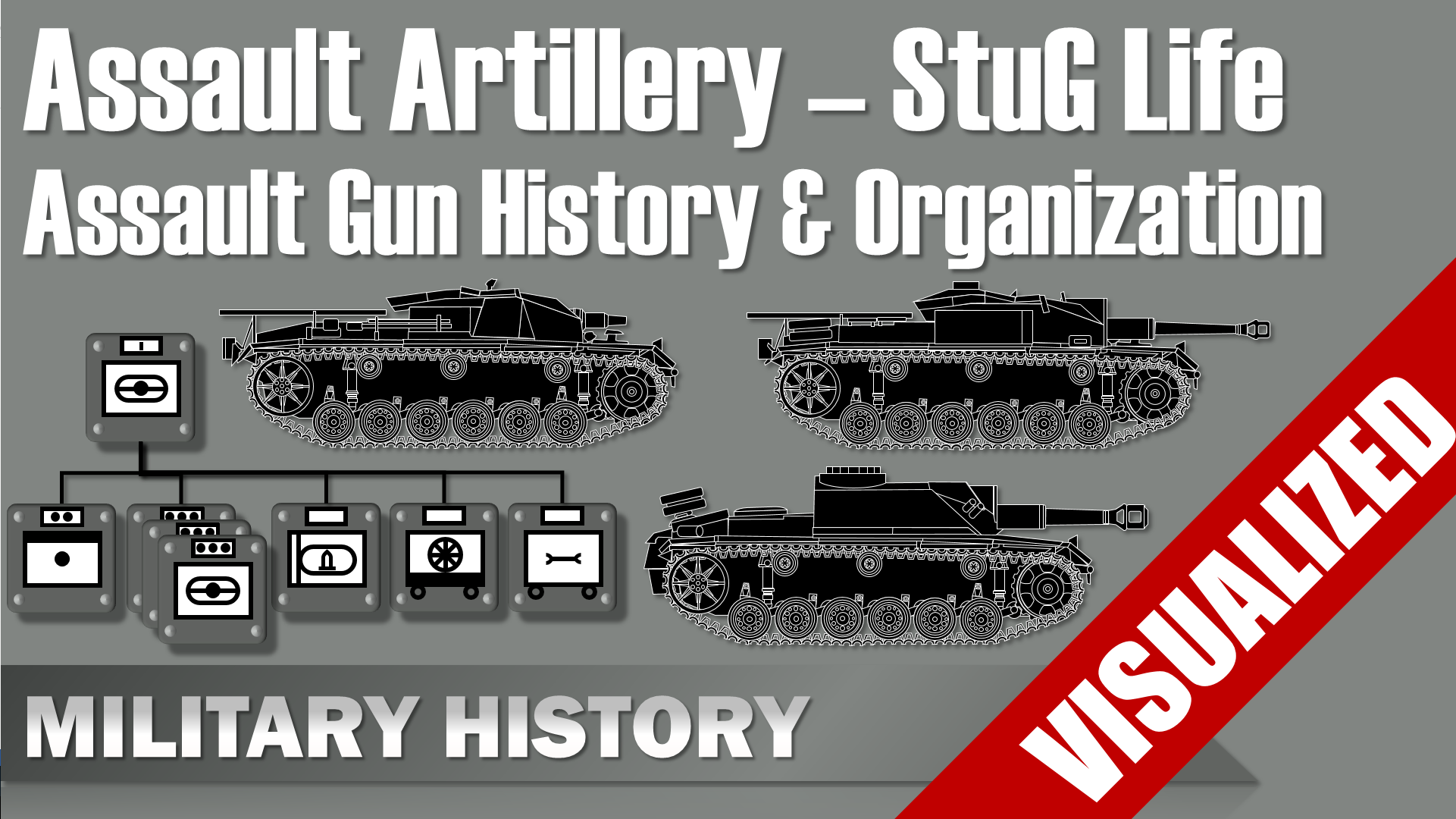

The need to support mobile infantry units has led to several armies developing direct fire platforms capable of mounting 105 mm or 120 mm guns. Secondly, the need for rapidly deployable medium weight forces has seen the emergence of a new class of 8×8 wheeled armoured vehicle that can perform expeditionary missions in faraway places where it is difficult to deploy tanks. The increased sophistication of modern MBTs and resulting higher costs have limited the number of new platforms that can be afforded. Today, many NATO armies are in the process of replacing old and worn out AFVs, some of which have been in service since the early 1980s. The best ones were retained, meaning that armies could rely on a single tank type to fulfil multiple roles, including main battle tank, assault gun and tank destroyer. The reason was a large number of a surplus tanks. This was a first US attempt to create a “no frills” assault gun for infantry units.Īfter 1945, as postwar armies reverted to smaller peacetime structures, assault guns fell out of favour despite their success in battle. They were the product of desperate times and should not have been as effective as historical accounts suggest they were.Ībove: The M3 half-track was used as the basis for the T30 Howitzer Motor Carriage. For all their benefits, however, few assault gun designs were ideal.

Engaging in close infantry support and anti-tank tasks, they were suitable for both offensive and defensive operations. They were easy to operate and versatile in role. They were simple and inexpensive to produce relative to tanks. Envisioning a contemporary UK Assault Gunĭuring the Second World War, Allied and Axis assault guns delivered an effect out of all proportion to their cost and complexity. Are the characteristics of 20th Century assault guns relevant today?Ġ4.

Evolution of WW2 assault guns to modern day mobile gun systemsĠ3. Above: Boxer MGS proposal with John Cockerill Defence 30105 105 mm gun turret.


 0 kommentar(er)
0 kommentar(er)
